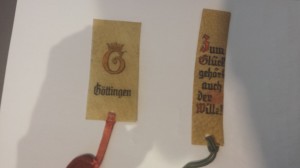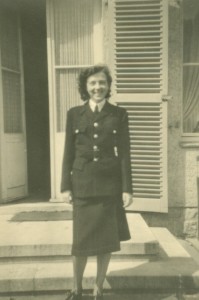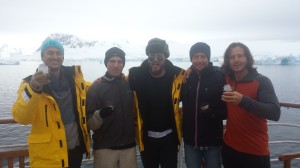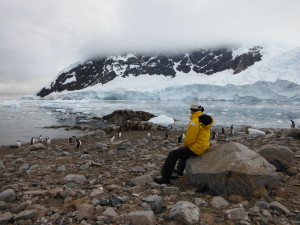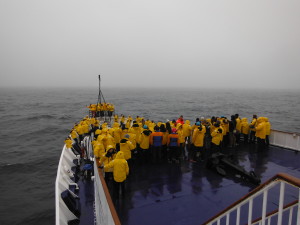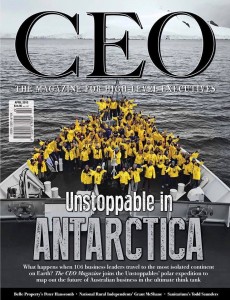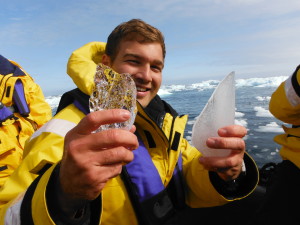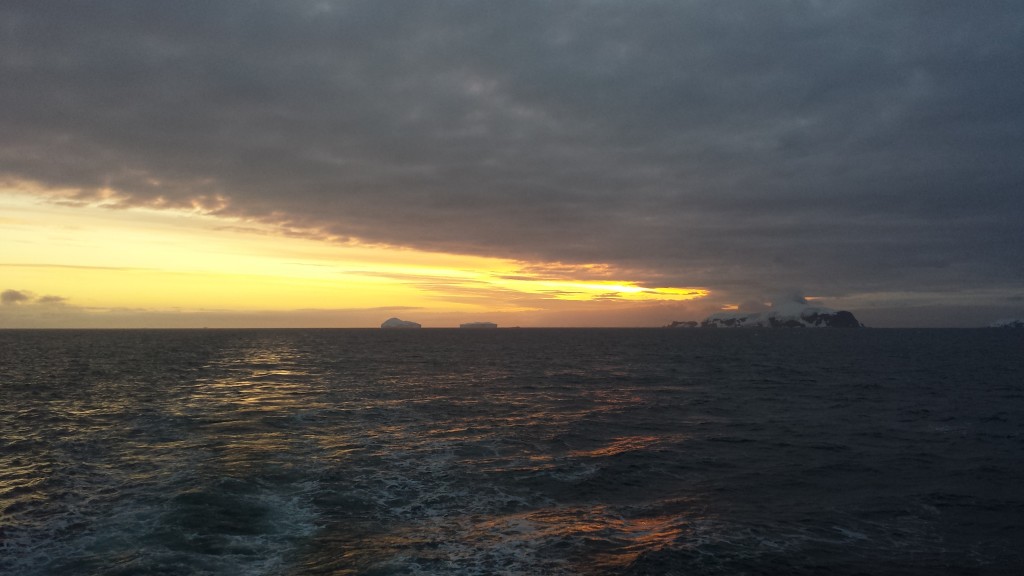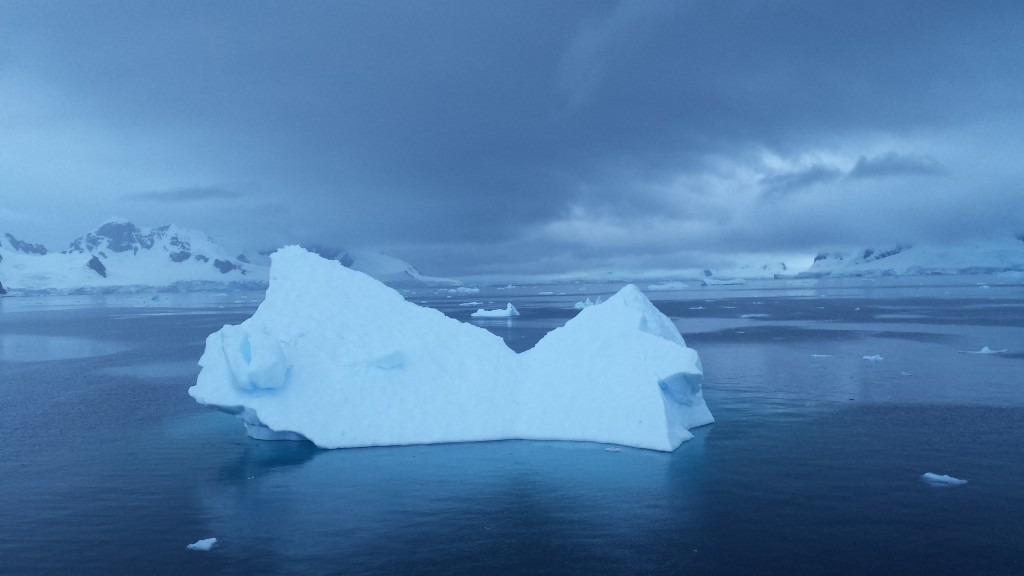By: Dr Klee Benveniste
THE SOUTH AUSTRALIAN JEWISH COMMUNITY AND FIRST WORLD WAR ENLISTMENT
About 12% of our South Australian Jewish community served in the first World War, the highest proportion of any congregation in the Commonwealth of Australia. There have been national efforts in Australia to undertake what is proving to be a difficult process of compiling a list of all the Jewish men and women who served in the First World War for centenary events. For South Australia, Adelaide Hebrew Congregation archivist and Board Member Dr Klee Benveniste started with the Congregation’s Roll of Honour board and has been researching digital newspapers and war service records in the National Archives of Australia on South Australian Jewish servicemen and women as this is extremely difficult for anyone outside Adelaide who does not know the community. As work continues, other Jews who served from the same family are being found and added to that list. Service records almost universally list them as Jewish or Hebrew, but in some cases the examining person recording height, hair colour etc, recorded another religion.
So far, at 24th April 2015, the Jewish men and women who enlisted who were born in South Australia, were from the Adelaide Hebrew Congregation or enlisted from South Australia and declared in their service records to be Jewish totals at least sixty with others still being considered which may take the total to more than eighty:
WORLD WAR I SERVICEMEN:
ABLESON, Coleman; ABRAMOVITZ, Alexander; ASHER, Felix; ASHER, Rudolph; BARNARD, Lancelot Lee; BARNARD, Sydney Harry; BENJAMIN, Louis; BENJAMIN, Mark; BLACK, Emanuel; BLACK, Ernest; FRANKENBURG, Edward; GILD, Samuel; GOLDBERG, Joseph; HAINS, Clarence Louis; HAINS, Harold Joseph; HAINS, Ivan Coronel; HAINS, Morris; HAINS, Philip; HAINS, Sidney Joseph; ISRAEL, Reuben; JACOBS, Arthur Abraham; JACOBS, Clifford Arthur; JACOBS, David; JACOBS, Emanuel (or Martin Edward); JACOBS, Sullivan William; JACOBS Sydney; JUDELL, Cedric; JUDELL, Elias (known Jewish , but listed as another religion) killed in action at Gallipoli and buried in grave no. 6 plot 2 Row Z of the Walker’s Ridge Cemetery; KURTZ, David Mark; LEVY, Elias; LIPERT, Louis (or Lewis); LIPMAN, Alfred Emile; MEYER, Reginald Victor; MORRIS, Alfred Levy; MORRIS, Lewis George; MORRIS, Roy Albert; NAPHTALI (in records as NAPTHALI), Walter; NETTER, Henry; PIMENTAL, Morton Parker; RABINOVITCH, Elijah Hurst; RAPHAEL, Keith Simeon; ROSENGARTEN, Arnold Leslie; ROSENGARTEN, Leopold; ROSENGARTEN, Leopold Jabille Gersham; ROSENTHAL, Samuel; SALOM, Bertram Philip; SAUNDERS, Samuel Archie; SIMMONS, Israel; SIMMONS, Leon; SOLOMON, Albert Yuba; SOLOMON, Louis Victor; SOLOMON, Sidney Gordon; SOLOMON, Sydney John; SOLOMONS, Leslie Emanuel; VICTORSEN, Albert Joseph; VICTORSEN, Talbot George; VICTORSEN, Louis Charles (or Charles); WHITEHILL, Thane formerly WEISBERG, Thain; WOLFSON, Heyman; WOOD, Gus Raymond.
WORLD WAR I NURSES: BENNETT, Miriam Adelaide; DANIELS, Sophia
Research has added more recorded as Jews at enlistment: ADELSON Isidore; ASCHMAN Robert ; BEHREND Oscar; BLOUSTEIN Maurice (discharged); BLOUSTEIN, Solomon; BIRNBERG, Lionel; GORDON Samuel Louis; HARRIS Joseph, as well as some who enlisted in imperial forces overseas such as JACOBS, Isaac Charles (in South Africa).
Some of the soldiers who appear on lists but whose status is still to be determined; ISAAC, Alfred Ernest; JOSEPH, Coleman Henry – Major (religion not declared); JOSEPHS, Cyprian James; JOSEPHS, Walter Charles; MARTIN, Felix; MYERS, Isaiah Myer; SOLOMON, Douglas; SOLOMON, Lawrie recorded as Laurie; SUSMAN, Harold Steinfeld (Lieutenant, religion not declared); and Nurse: BENNETT Rosetta.
So the number of Jews who served is still being verified and may never be finally known. There are many personal stories behind the names in documents and newspapers:
- Mrs Camens (nee HAINS) who applied in 1967 to obtain the medals of her brother Morris killed at Gallipoli in 1915 wrote in her letter that her four Hains brothers including two doctors, enlisted for active service.
- Mrs Hannah JACOBS, formerly from London, who ran various hotels in Adelaide including the Saracen’s Head and the Colonel Light Hotel (which has only recently closed this year) was noted by a newspaper to have six sons serve as soldiers in the war, five enlisted in Australia, one of whom was killed in action, and a sixth who enlisted from South Africa and not heard from since.
“At the going down of the sun and in the morning, we will remember them”:
On Anzac Day (25th April, which falls on Shabbat this year) we remember the following South Australian Jewish men killed in action in World War I or II and other conflicts since:
Private Coleman ABELSON
- buried in Cite Bonjean Military Cemetery, Armentieres, Nord, France;
Stoker John Samuel ASHER
- buried in West Terrace Jewish Cemetery, Adelaide, South Australia;
Private Sydney Harry BARNARD
- buried in France, remembered at Villers Brettoneux Memorial, Somme, France;
Private Morris HAINS
- died at Gallipoli, buried at Lone Pine Cemetery, ANZAC, Turkey;
Sergeant Arthur Abraham JACOBS (buried at Tyne Cot Cemetery, Zonnebeke, West- Vlaanderen, Belgium;
Quartermaster-Sergeant Elias JUDELL (died at Gallipoli, buried at Walker’s Ridge Cemetery, ANZAC, Turkey;
Private Elias LEVY
- buried at Longueval Road Cemetery, Somme, France;
Private Eliezer Hurst RABINOVITCH
- buried at Suzanne Communal Cemetery extension, Somme, France;
Driver Samuel Archie SAUNDERS
- buried at Boulogne Eastern Cemetery, Pas de Calais, France;
Driver Samuel SOLONSCH
- Jakarta (ANCOL) Netherlands Field of Honour, Indonesia;
Also Commando Private Gregory Michel SHER who grew up in Adelaide, died in Afghanistan and was buried in Australia.
The work will be developed into a local Adelaide Hebrew Congregation Library display in our new ‘Hall of Fame’ museum so any photographs or further detail would be appreciated. Any financial support to Adelaide Hebrew Congregation Library Fund toward the project or the display materials or in memory of those who served, would be most gratefully received. The archivist is also planning to exhibit a never-before-displayed collection of photographs of Australian soldiers serving in Palestine donated to our AHC archives years ago by the niece of a local non-Jewish serviceman.
Read More



